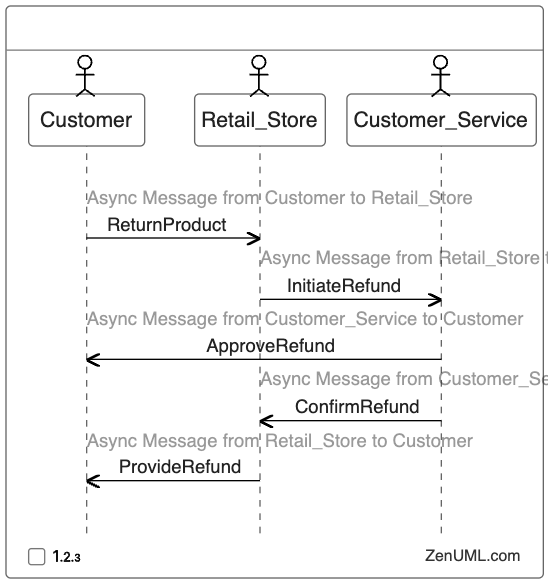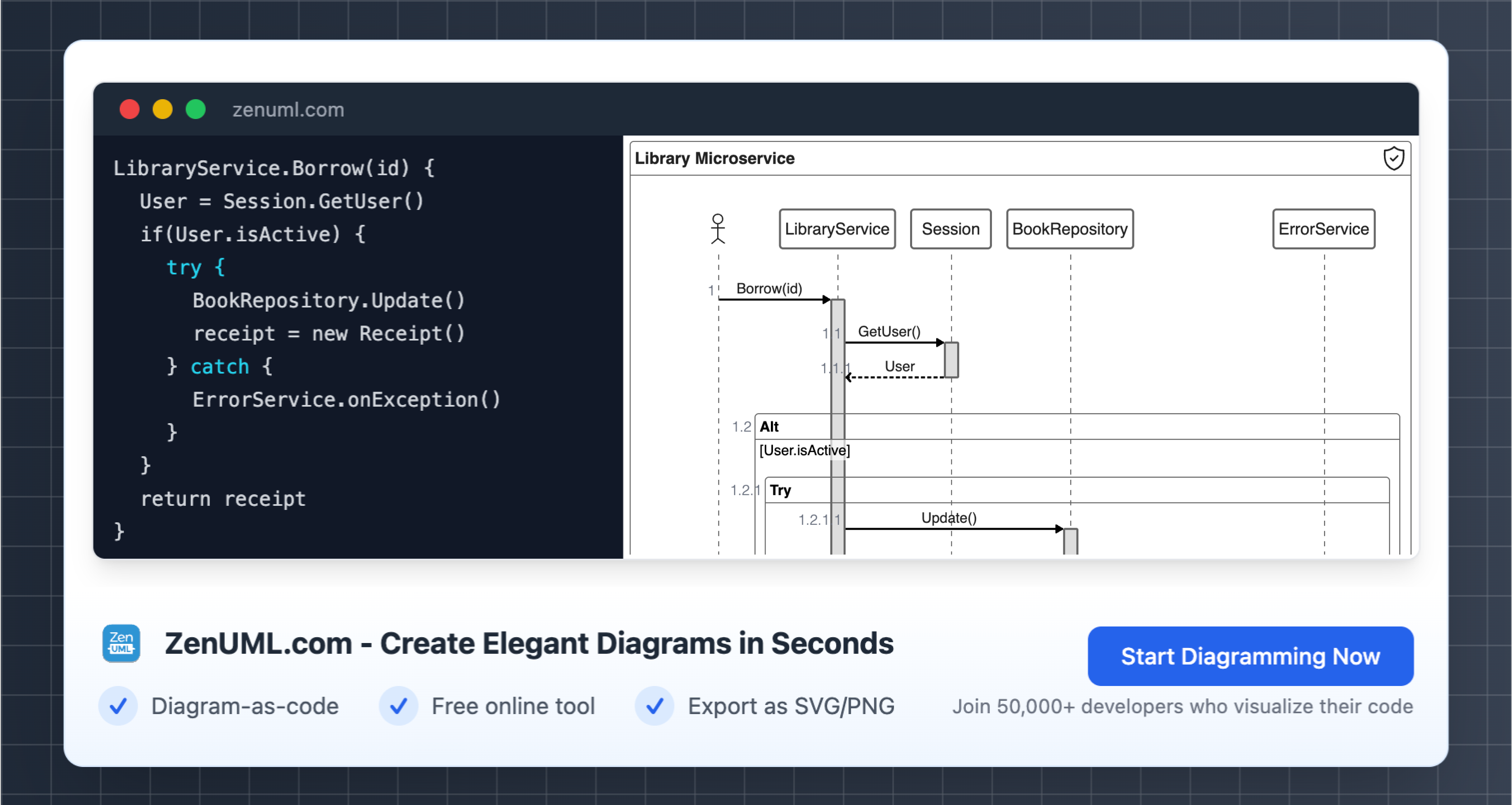Introduction
In today's highly competitive retail landscape, a seamless and efficient product return and refund process is crucial for maintaining customer satisfaction and loyalty. Customers expect a hassle-free experience when they need to return a product, and businesses must adapt to meet these evolving expectations. This article delves into the art of business process modeling and reengineering, focusing on the optimization of the product return and refund process.
According to a recent survey, 95% of customers say that a positive returns experience encourages them to shop with a brand again. [1] However, many businesses still struggle with complex, time-consuming, and convoluted return policies that can frustrate customers and lead to lost sales. By leveraging the power of business process modeling and reengineering, organizations can streamline their product return and refund procedures, enhancing the overall customer experience and driving long-term success.
The Original Product Return and Refund Process
Let's start by examining a typical, original product return and refund process. This process can often be complicated, with multiple steps and touchpoints that can confuse and frustrate customers.

In this original process, the customer initiates the return at the retail store, which then notifies the customer service department. The customer service team verifies the purchase and processes the refund, which triggers an update to the inventory management system. Once the inventory is updated, the accounting department approves the refund, which is then communicated back to the retail store and, finally, to the customer.
This process can be time-consuming, with multiple handoffs and potential for delays or miscommunication. Customers may become frustrated by the lengthy and complicated procedure, leading to a negative overall experience.
Reengineering the Product Return and Refund Process
To address the inefficiencies of the original process, let's explore a reengineered approach that simplifies the product return and refund experience for both the customer and the business.

In the reengineered process, the customer still initiates the return at the retail store, but the store then directly communicates with the customer service department to initiate the refund. The customer service team can quickly verify the purchase and approve the refund, which is then communicated back to the retail store. Finally, the retail store provides the refund to the customer, completing the process.
This simplified approach reduces the number of touchpoints and eliminates unnecessary handoffs, resulting in a faster and more efficient product return and refund experience for the customer. By streamlining the process, businesses can also reduce the risk of errors or delays, leading to increased customer satisfaction and loyalty.
Key Benefits of the Reengineered Process
-
Improved Customer Experience: The reengineered process significantly reduces the time and effort required for customers to complete a product return and receive a refund. This enhanced experience can lead to increased customer satisfaction and a higher likelihood of repeat business.
-
Reduced Operational Costs: By eliminating unnecessary steps and touchpoints, the reengineered process can help businesses reduce the administrative and labor costs associated with managing product returns and refunds.
-
Increased Efficiency: The streamlined process allows for faster processing of refunds, enabling businesses to respond to customer requests more quickly and efficiently.
-
Enhanced Data Accuracy: With fewer handoffs and touchpoints, the reengineered process can lead to improved data accuracy, as there are fewer opportunities for errors or miscommunication.
-
Improved Inventory Management: By directly updating the inventory management system, the reengineered process can provide businesses with more accurate and up-to-date information about their stock levels, facilitating better decision-making and inventory planning.
Conclusion
In the highly competitive retail landscape, a seamless and efficient product return and refund process is essential for maintaining customer satisfaction and loyalty. By leveraging the power of business process modeling and reengineering, organizations can streamline their product return and refund procedures, enhancing the overall customer experience and driving long-term success.
The reengineered process outlined in this article demonstrates how businesses can simplify the product return and refund experience, reducing the number of touchpoints and eliminating unnecessary steps. This approach can lead to improved customer satisfaction, reduced operational costs, and enhanced data accuracy, ultimately positioning the business for greater success.
As you continue to optimize your own product return and refund processes, we encourage you to share your experiences and insights in the comments section below. Your feedback can help us further improve and refine the best practices for streamlining this critical aspect of the customer journey.
Try ZenUML now!
Zenuml detailed feature roadmap available here.

